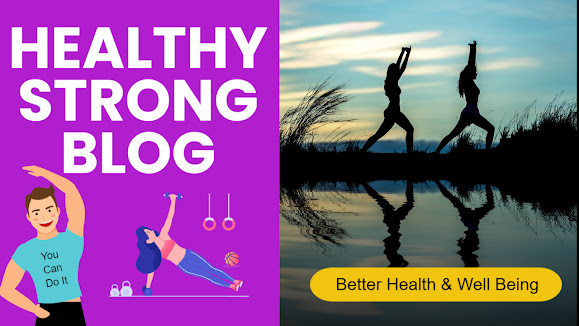HIIT Swimming Workouts: Boost Your Fitness in Less Time
HIIT Swimming Workouts: Boost Your Fitness in Less Time
Looking to take your swimming workouts to the next level? High-Intensity Interval Training (HIIT) might be just what you need. HIIT is a training technique that involves short bursts of intense exercise alternated with periods of lower-intensity recovery.
This style of workout has been gaining popularity in recent years, and for good reason – it can provide many of the same benefits as longer endurance sessions in a fraction of the time.
The Science Behind HIIT Swimming
Numerous studies have highlighted the effectiveness of
HIIT for improving cardiovascular fitness, boosting metabolism, and burning
fat. One study published in the Journal of Obesity found that just 12 weeks of
HIIT workouts resulted in a 28.5% decrease in fat mass for the participants
(1). Another study showed that HIIT can increase your anaerobic capacity by up
to 28% in just 6 weeks (2).
⭐For swimmers specifically, HIIT has been shown to improve speed, power, and lactate threshold. A study on collegiate swimmers revealed that incorporating HIIT alongside normal training led to significant improvements in 100m and 200m times (3).
Sample HIIT Swimming Workout
Ready to give HIIT a try in the pool? Here's a sample
30-minute workout to get you started:
Warm-up:
- 200m easy freestyle
Main Set (repeat 4 times):
- 50m sprint freestyle
- 30 seconds active recovery
- 25m sprint backstroke
- 30 seconds active recovery
Cool-down:
- 100m easy choice
Tips for HIIT Success
1. Push yourself on the intense intervals, giving a
true maximal effort for 20-60 seconds.
2. Active recovery is key - keep moving at an easy pace
to allow partial recovery.
3. Proper technique is crucial during HIIT to prevent
injury.
4. Start with 1-2 HIIT sessions per week and adjust
volume based on fitness level.
5. Wear your swim watch or use a pace clock to
accurately time intervals.
👉HIIT swimming provides an incredible workout in a short
amount of time. Give it a try and feel the power of pushing your limits!
Disclaimer: Before beginning any new exercise program, including HIIT swimming workouts, it's recommended to consult with a doctor or qualified healthcare professional, especially if you have any existing medical conditions or injuries. They can evaluate your readiness for high-intensity training and provide personalized guidance to ensure your safety.
Thank you for reading!
HIIT Exercises for the Pool
References:
1. Heydari M, Freund J, Boutcher SH. The effects of
high-intensity intermittent exercise on cardiovascular function. Progress in
Cardiovascular Diseases. 2012;55(1):118-127.
2. Gibala MJ, Little JP, et al. Short-term sprint
interval versus traditional endurance training: similar initial adaptations in
human skeletal muscle and exercise performance. The Journal of Physiology.
2006;575(3):901-911.
3. Nugent FJ, Comyns TM, Warrington GD. Effects of
freestyle sprint cycling training on fatigue resistance of intermittent
high-intensity exercise. Applied Physiology, Nutrition, and Metabolism.
2018;43(2):154-162.
About the Author
Meet Spencer! He describes himself as a regular guy who loves balancing work with family life. He enjoys spending quality time with his wife and sons, exploring new vacation spots, and engaging in outdoor adventures. A fitness enthusiast, Spencer stays active and healthy while also indulging his passion for the latest tools and gadgets. His enthusiasm and diverse interests make his blog contributions both engaging and insightful.








Comments
Post a Comment